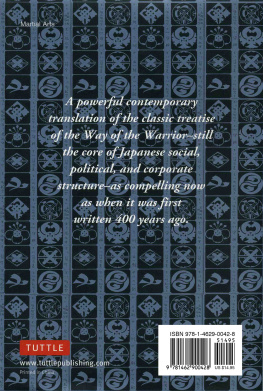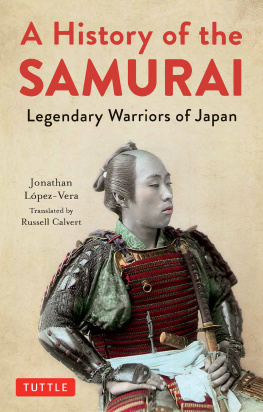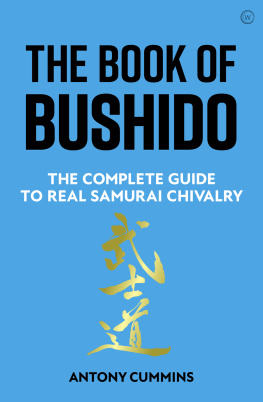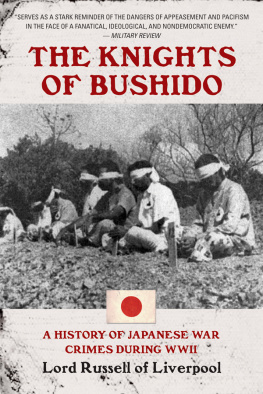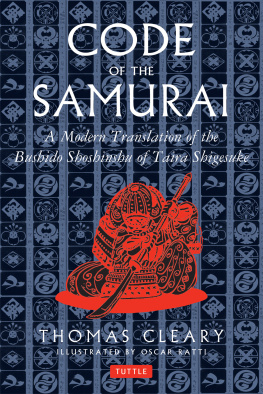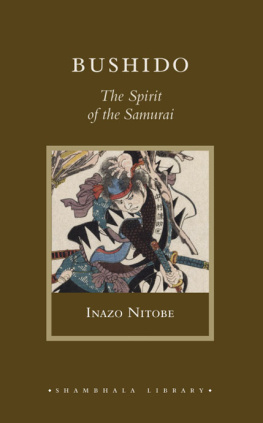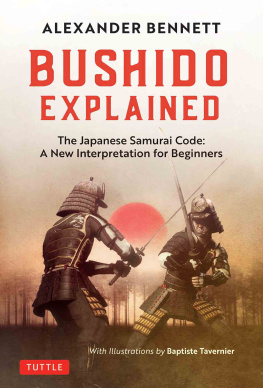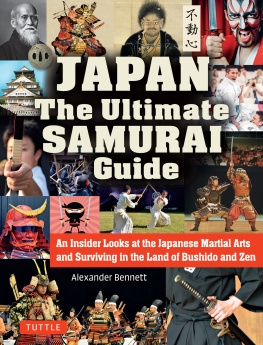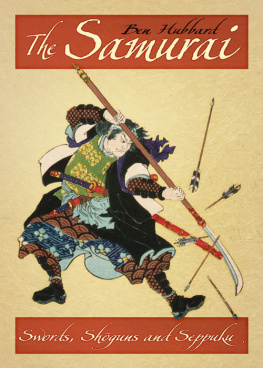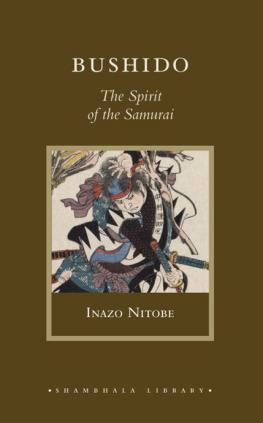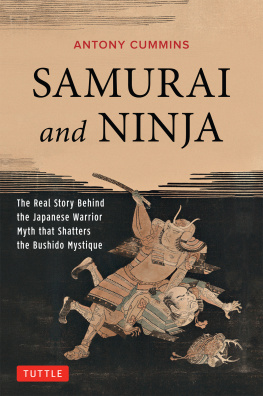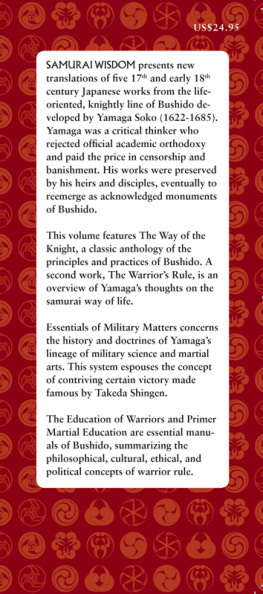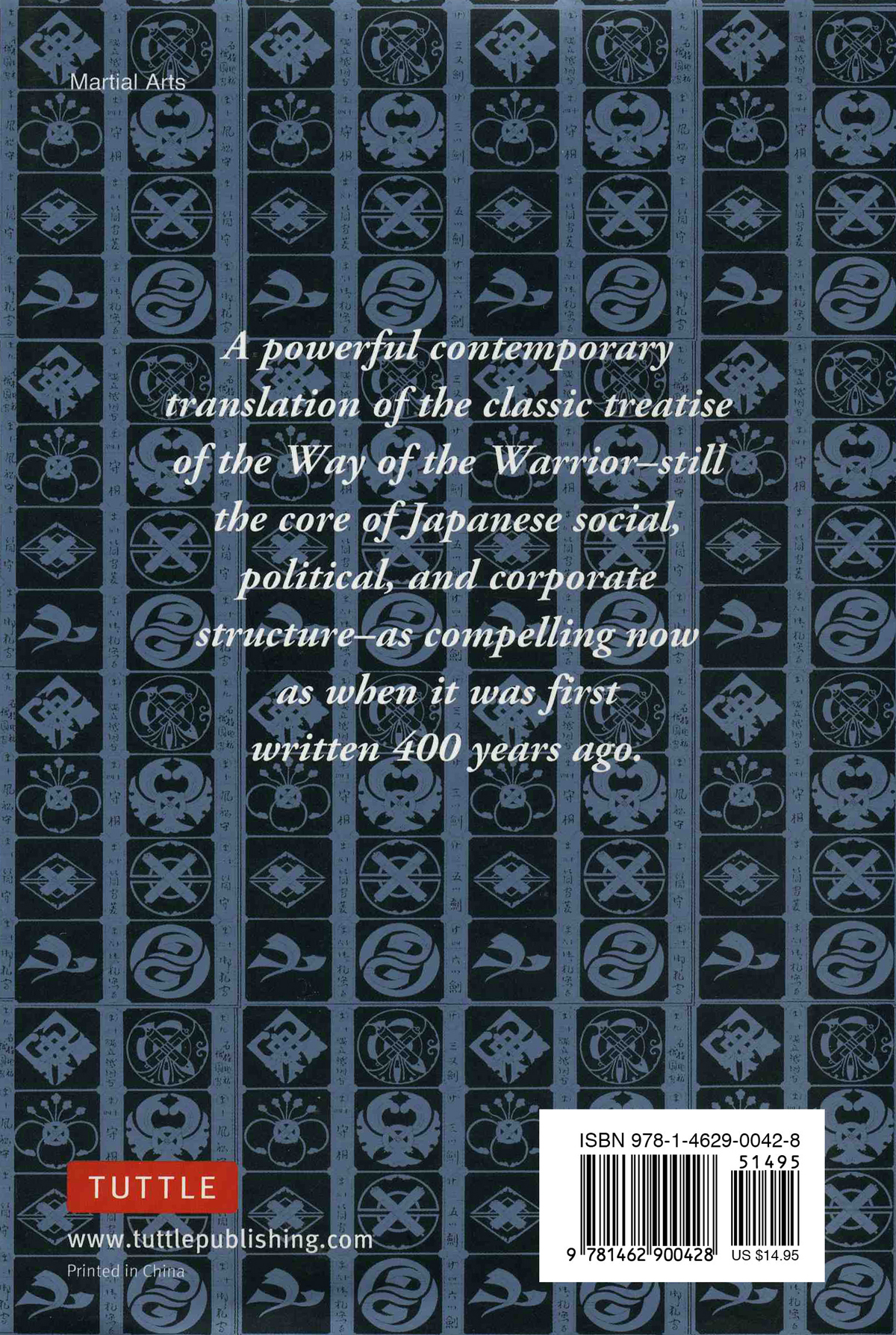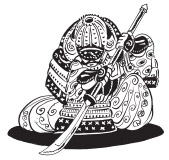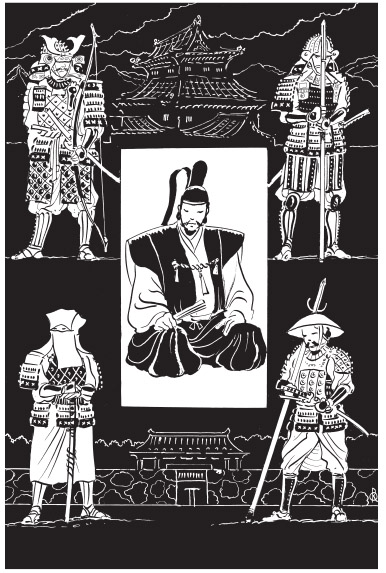Yūzan Daidōji - Code of the Samurai: a Modern Translation of the Bushido Shoshinshu of Taira Shigesuke
Here you can read online Yūzan Daidōji - Code of the Samurai: a Modern Translation of the Bushido Shoshinshu of Taira Shigesuke full text of the book (entire story) in english for free. Download pdf and epub, get meaning, cover and reviews about this ebook. City: New York, year: 2011, publisher: Tuttle Publishing, genre: Religion. Description of the work, (preface) as well as reviews are available. Best literature library LitArk.com created for fans of good reading and offers a wide selection of genres:
Romance novel
Science fiction
Adventure
Detective
Science
History
Home and family
Prose
Art
Politics
Computer
Non-fiction
Religion
Business
Children
Humor
Choose a favorite category and find really read worthwhile books. Enjoy immersion in the world of imagination, feel the emotions of the characters or learn something new for yourself, make an fascinating discovery.
- Book:Code of the Samurai: a Modern Translation of the Bushido Shoshinshu of Taira Shigesuke
- Author:
- Publisher:Tuttle Publishing
- Genre:
- Year:2011
- City:New York
- Rating:4 / 5
- Favourites:Add to favourites
- Your mark:
Code of the Samurai: a Modern Translation of the Bushido Shoshinshu of Taira Shigesuke: summary, description and annotation
We offer to read an annotation, description, summary or preface (depends on what the author of the book "Code of the Samurai: a Modern Translation of the Bushido Shoshinshu of Taira Shigesuke" wrote himself). If you haven't found the necessary information about the book — write in the comments, we will try to find it.
Code of the Samuraiis a four-hundred-year-old explication of the rules and expectations embodied inBushido, the Japanese Way of the Warrior.Bushidohas played a major role in shaping the behavior of modern Japanese government, corporations, society, and individuals, as well as in shaping modern Japanese martial arts within Japan and internationally.
The Japanese original of this book,Bushido Shoshinshu, (Bushido for Beginners), has been one of the primary sources on the tenets ofBushido, a way of thought that remains fascinating and relevant to the modern world, East and West. This handbook, written after five hundred years of military rule in Japan, was composed to provide practical and moral instruction for warriors, correcting wayward tendencies and outlining the personal, social, and professional standards of conduct characteristic ofBushido, the Japanese chivalric tradition.
With a clear, conversational narrative by Thomas Cleary, one of the foremost translators of the wisdom of Asia, and powerfully evocative line drawings by master illustrator Oscar Ratti, this book is indispensable to the corporate executive, student of the Asian Culture, martial artist, those interested in Eastern philosophy or military strategy, as well as for those simply interested in Japan and its people.
Yūzan Daidōji: author's other books
Who wrote Code of the Samurai: a Modern Translation of the Bushido Shoshinshu of Taira Shigesuke? Find out the surname, the name of the author of the book and a list of all author's works by series.

